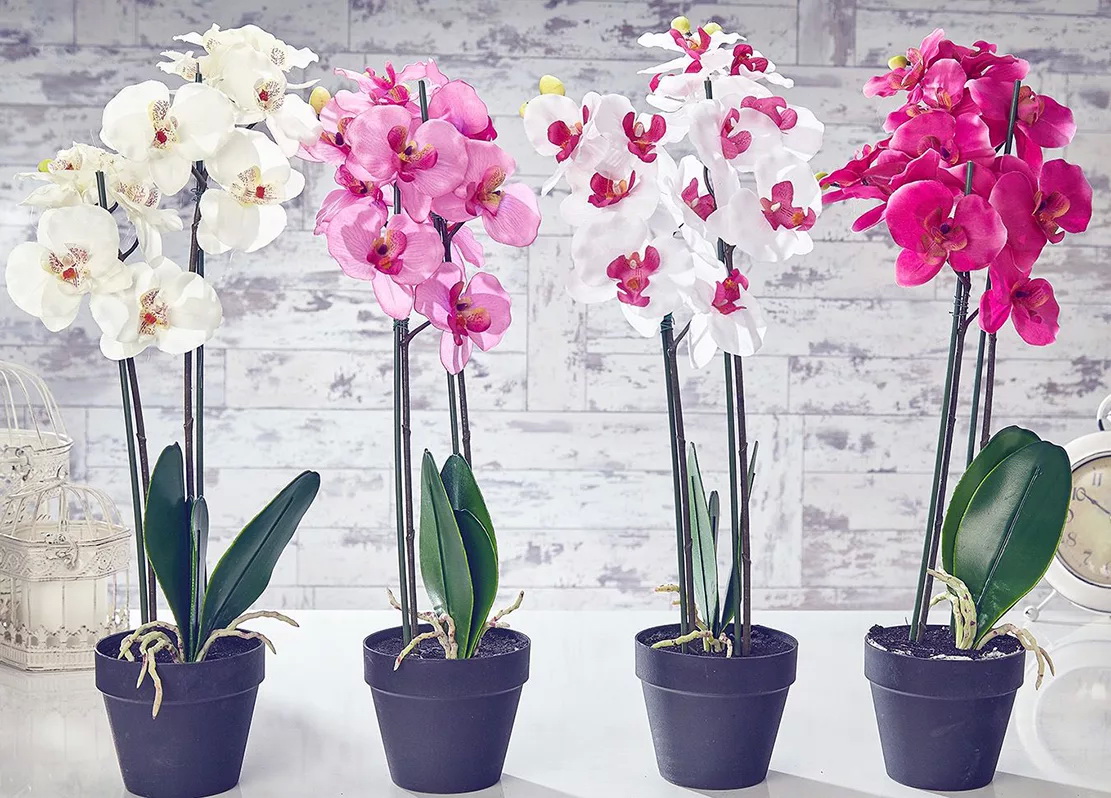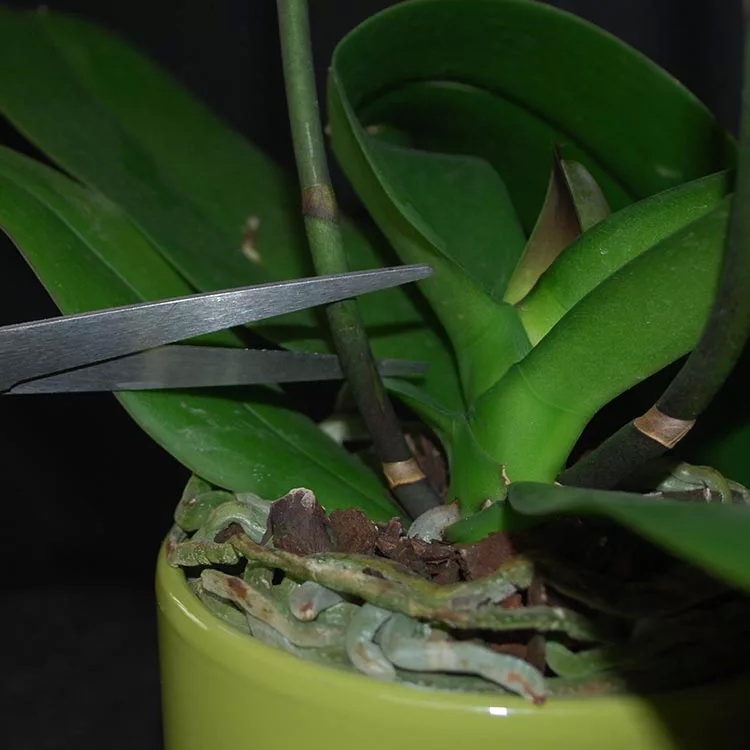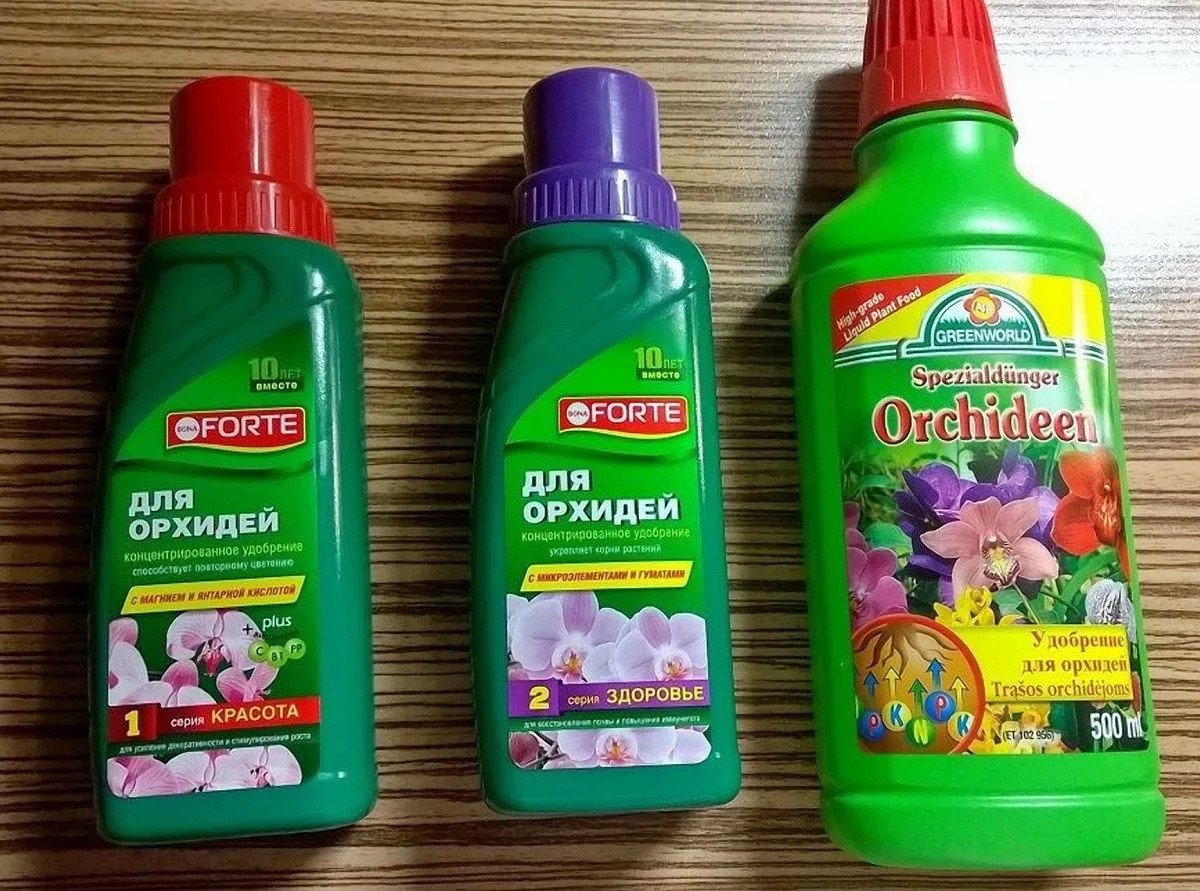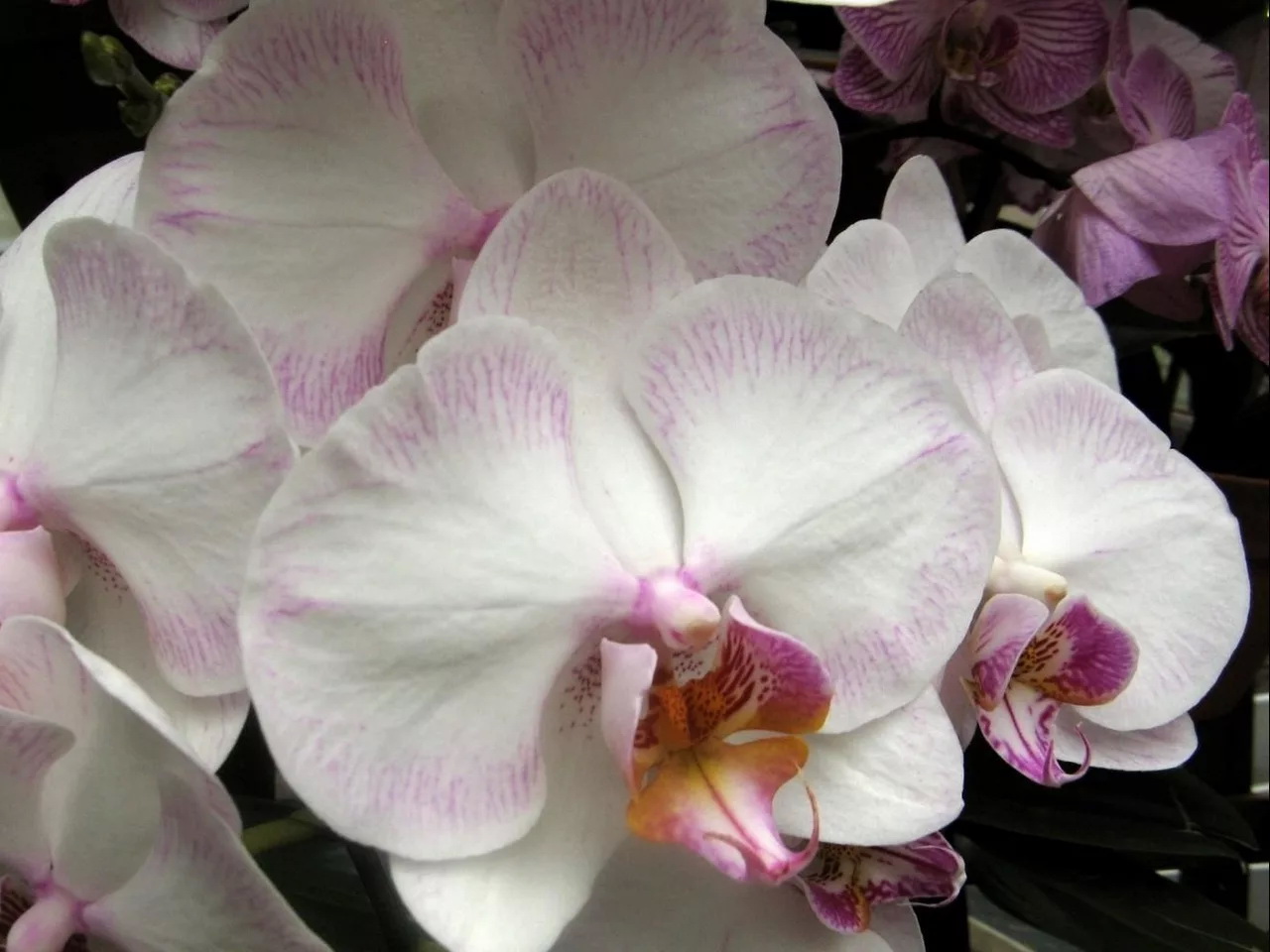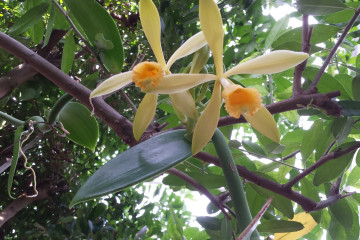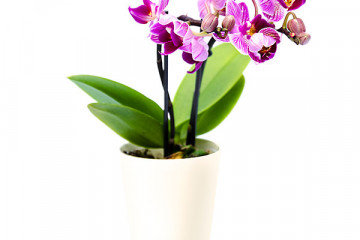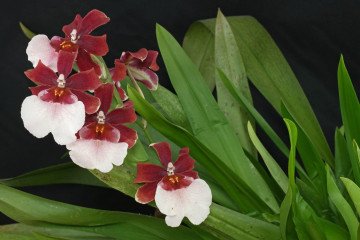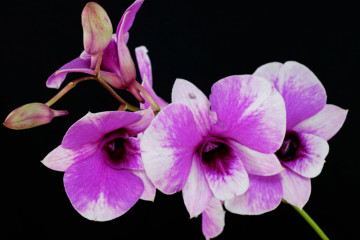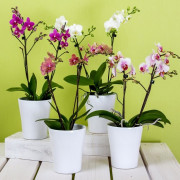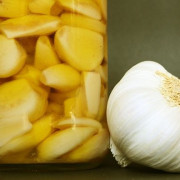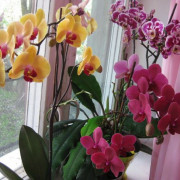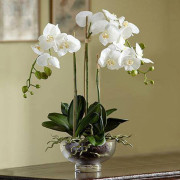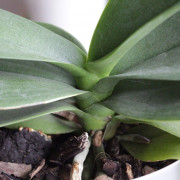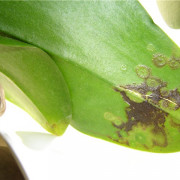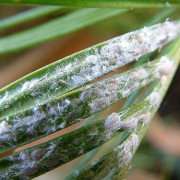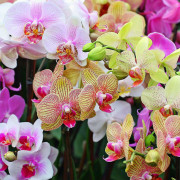Orchid - home care after flowering
Content:
The royal orchid flower will decorate any interior with its presence. The refined beauty of these flowers gives those around them only positive emotions. The duration of flowering in different varieties of orchids has its own timing. With proper care, after a short pause, the indoor beauty will delight the owners with a chic and bright flowering for more than one year. Caring for an orchid after flowering consists of watering, timely transplanting and pruning.
Orchid flowering period
The flowering time of a culture depends on its type, growing conditions and care. Some varieties are capable of blooming for 3 to 8 months. There are species that bloom all year round. For example, continuous flowering is characteristic of the Phalaenopsis variety. At home, the orchid can bloom from 3 to 10 years with regular breaks. If it is wrong to care for a plant in a pot, then the period is reduced.
One flower blooms for 3-4 weeks. If the peduncle is not cut off after the end of flowering, after some time it can bloom again. For this, the plant begins to vigorously feed and water.
Features of care during the rest period
The resting phase can last up to 3 months, at which time it is important to know how to care for your orchid after flowering.
According to flower growers, for the proper development of a flower, an orchid care at home after flowering plays a decisive role. Pruning, watering and replanting are essential.
Do I need to prune after flowering
When all the petals fall off, you need to look at the peduncle. If it has darkened, has become a waxy hue, this means that it is time to remove it. If there are buds on the shoot, and the tip is still green, then you should not rush to pruning - buds may be tied.
The dry peduncle is cut off completely, and only a small stump of about 2 cm is left. The places of the cuts must be treated with brilliant green. If there are buds on the stem, then pruning should be done higher, at a distance of 1.5 cm from them.
Peduncle pruning is an easy way to propagate an orchid. The trim must be placed in a container of water, and roots will soon appear.
Place for a plant after flowering
The delicate plant does not like a change of residence. Any movement of the pot can injure the flower. The main factors for determining the location are optimal temperature conditions and proper lighting. In winter, there should be no heating appliances nearby, and in summer there should be no bright scorching sun rays.
Watering mode
In a resting state, the plant requires half the water. Excess fluid should be drained out. Regular stagnation of water in a container with a plant can lead to hypothermia of the root system and the development of diseases. Spraying should also be minimized or completely eliminated. It is better to place a vessel with water near the flower to humidify the air.
Nutrition and feeding
The rules for caring for a blooming orchid are somewhat different from measures for a plant at rest.This is especially true for nutrition and the introduction of additives that stimulate the growth and development of the plant. During rest, it is necessary to feed the orchid with nutritious mixtures with the following features:
- The additive should contain succinic acid, amino acids and vitamins.
- The orchid, like all indoor flowers, needs phosphorus, potassium and nitrogen.
- The mixture should contain minerals that will prevent the accumulation of salts in the soil.
When buying a fertilizer, it is important to carefully read the label, it should indicate the purpose of the fertilizer - for orchids.
Rules for the introduction of organic and mineral substances:
- To preserve the root system of the plant, feeding is carried out after watering.
- After transplanting into a new soil, the introduction of additives should be carried out no earlier than a month later.
- Additional nutrition is added at a time when the flower has faded. Fertilizing can shorten flowering time.
When and how to replant
When the flowering period is over, you need to check the roots of the orchid. If they stick out from the bottom of the container, and the water dries very quickly after watering, then it's time to start transplanting. The flower is transplanted as the substrate is destroyed - every 2-3 years after flowering.
Procedure for the procedure:
- Choose a suitable pot and soil. The container should not be too voluminous, otherwise only leaves will grow, and you can not wait for the next flowering.
- Before removing the plant, the soil must be watered abundantly with warm water, then carefully remove it.
- The roots must be thoroughly cleaned of spoiled areas and remnants of old soil.
- The plant is then placed in new soil.
The main mistakes of care during the rest period
To understand how to care for an orchid after flowering, you need to know that most plant varieties love moisture. This does not mean that the flower needs to be watered abundantly and often. The moisture should not be in the pot, but in the air.
Proper lighting is essential for the flowering period. If, after a period of rest, the orchid has released a peduncle, it is necessary to provide it with additional lighting. Otherwise, there may be no flowers.
Any orchid variety can please with its lush and beautiful flowering for several years. Cut off the peduncles only when they are completely dry. Timely and proper care of the orchid after abundant flowering at home will help it quickly recover and bloom again.
